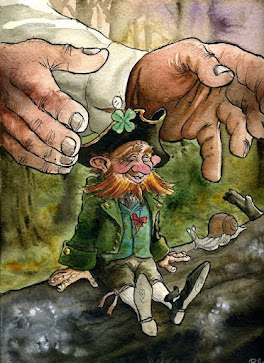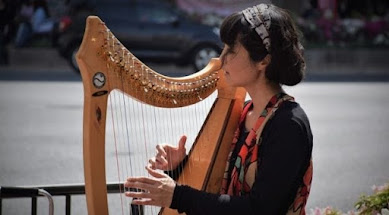The role of Saint Patrick in Irish folklore
With numerous myths and stories pertaining to his life and legacy, Saint Patrick is a significant character in Irish folklore. The following are a some of the most well-known Saint Patrick tales:
1. Expelling snakes from Ireland: The most well-known myth about Saint Patrick is that he expelled all snakes from Ireland. The story is frequently seen as a metaphor for the saint's work in converting the Irish to Christianity and purging the nation of paganism, even though it is improbable that there ever were any snakes in Ireland.
2. The shamrock and the Trinity: According to a second well-known Saint Patrick myth, the Irish people were taught about the Holy Trinity by Saint Patrick using the three-leafed clover known as the shamrock. Each leaf of the shamrock, the Father, the Son, and the Holy Spirit, is said to represent a different part of the Trinity.
3. The triumph over the Druids: According to certain legends, Saint Patrick engaged in a spiritual conflict with Ireland's pagan priests, the Druids, and won. This tale is frequently interpreted as illustrative of Ireland's conflict between Christianity and paganism.
4. The High King's conversion: According to a well-known legend, Saint Patrick persuaded the High King of Ireland to accept Christianity by starting a fire on a hill that the monarch had forbade anybody from starting. Patrick's bravery and devotion so moved the monarch that he became a Christian.
5. The walking stick: Saint Patrick's usage of a walking stick to navigate Ireland is another well-known legend. The stick had the ability to heal the ill and injured, and it was supposed to have been crafted from an old tree whose wood represented the Irish people's tenacity and fortitude.
In conclusion, there are several myths and stories based on Saint Patrick's life and legacy that make him a significant character in Irish mythology. These tales, which are still cherished and shared in Ireland and other parts of the world today, serve to highlight his significance in Irish history and culture.








Comments
Post a Comment